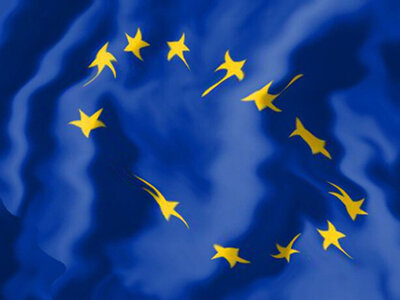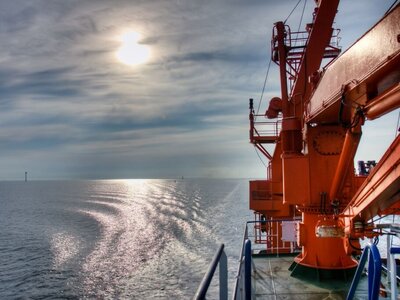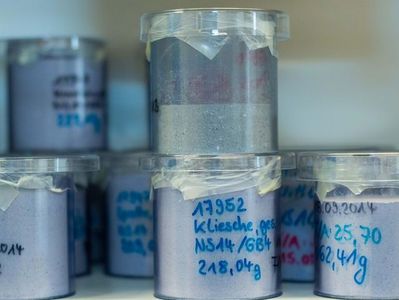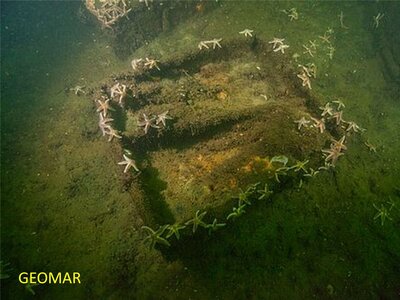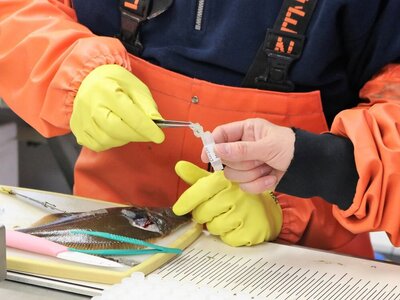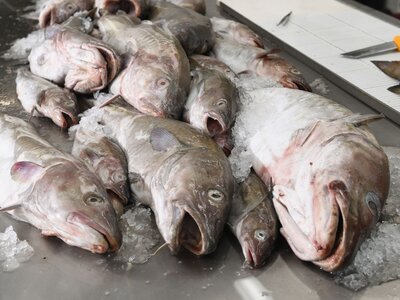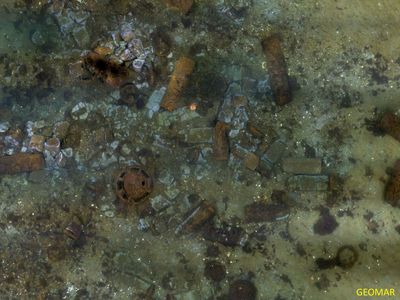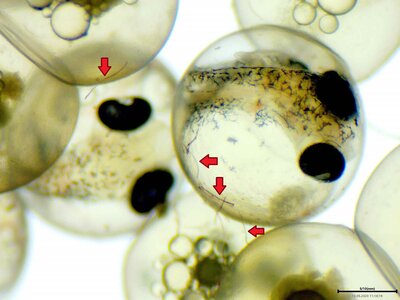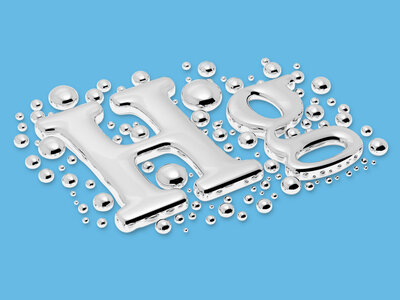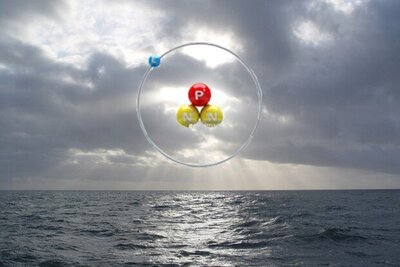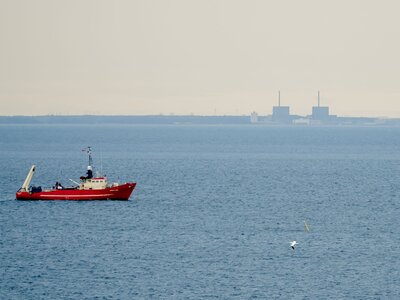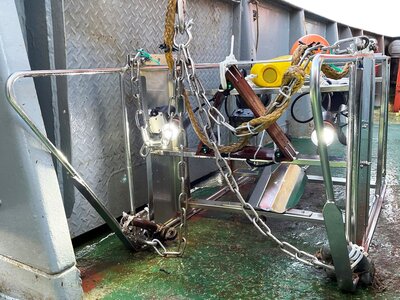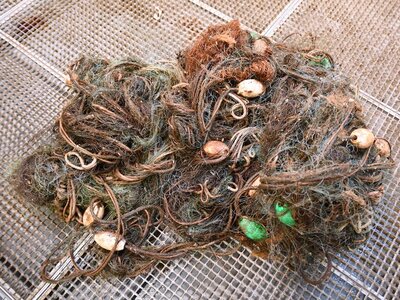Overview

© Thünen-Institut/Sakis Kroupis
In the Thünen topic “Seas”, we investigate how the state of the oceans is developing. This is done in the framework of the integrated environmental assessment. In cooperation with other institutions we develop meaningful indicators and regularly conduct surveys.
On the basis of comprehensive monitoring data, we analyze how environmental stressors affect the living conditions in the sea and the condition of the marine organisms (particularly: fish diseases). Our focus is on the influences of climate change, ammunition contaminated sites, radioactivity, and marine litter.
Download Service
- Thünen topic SeasExcerpt from the Thünen Institute's Medium-Term Concept 2021 (in German)
- Thünen medium-term concept 2021(in German)
Scroll to top

